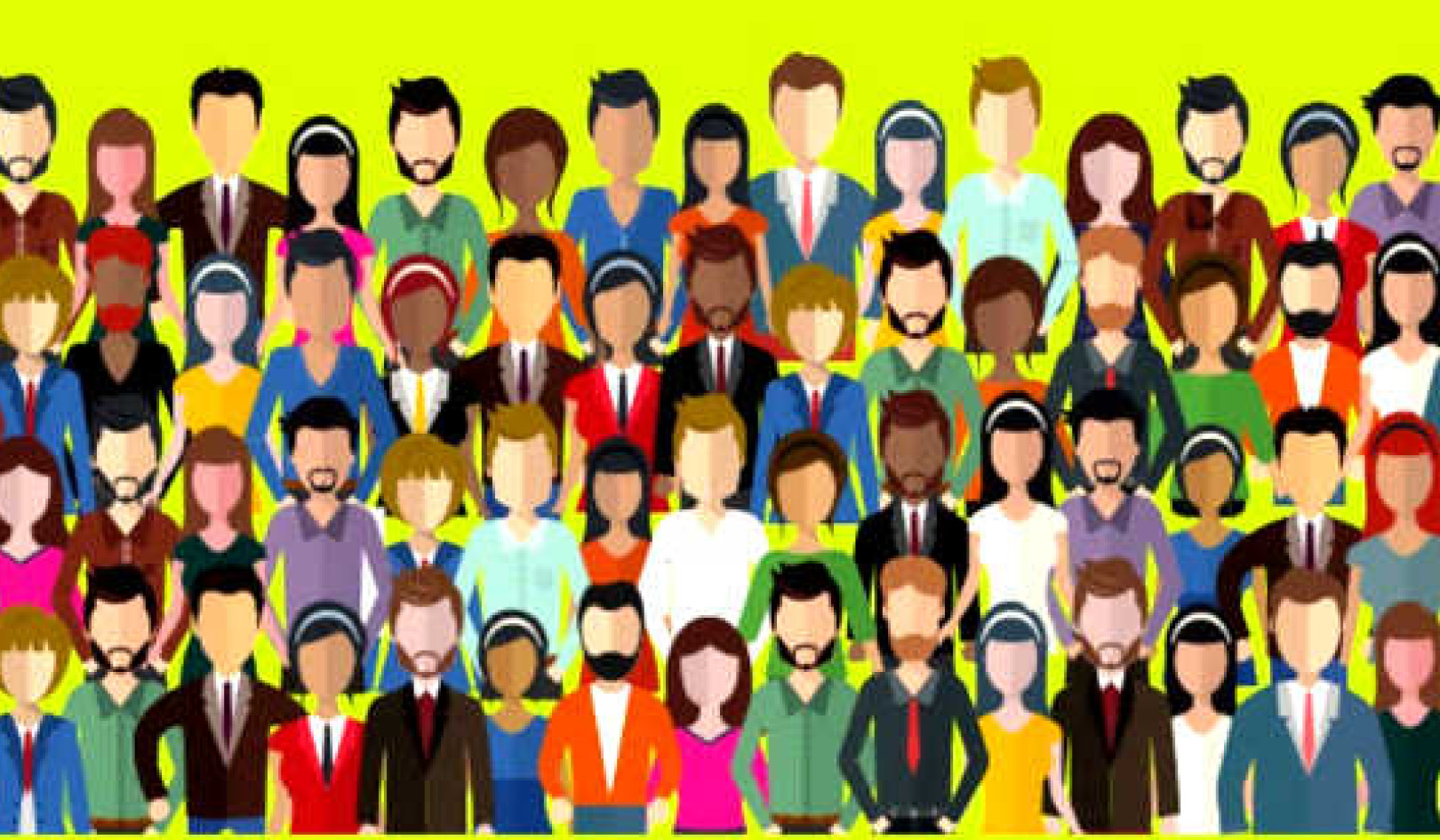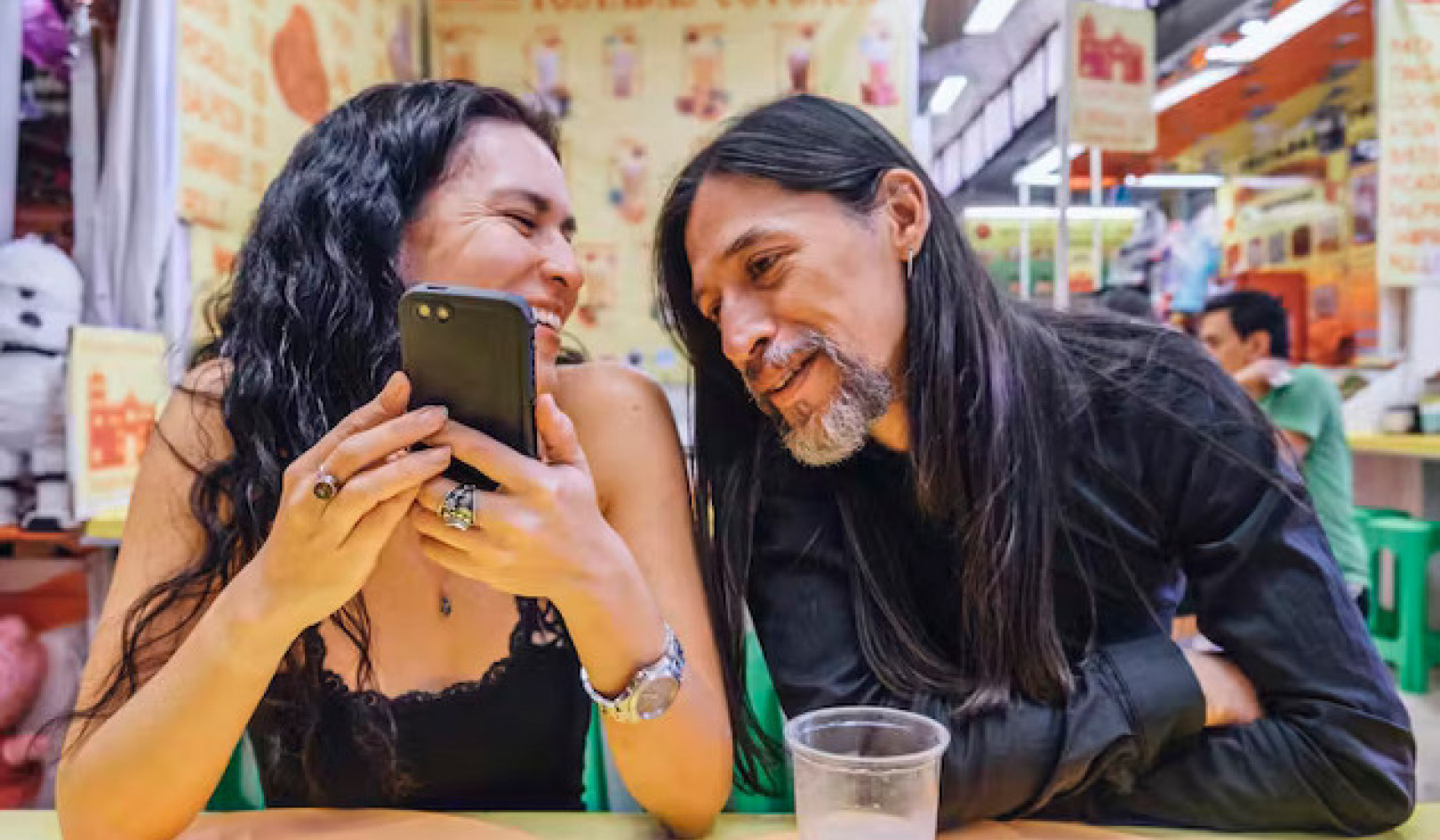
Image by niki georgiev
When we reach for a treat or crave a certain food, what do we really need? Try to stop, take a breath, and ask yourself this question before you eat.
Sometimes you might just need water, movement, fresh air, or rest. Cravings can be authentic messages from the body asking for nourishment, or they can be related to emotional, scheduled, or associative hunger. The better we listen to the body, the better we can discern which kind of craving is happening.
"Feel-Good" Craving
Serotonin is one of the body’s primary happiness hormones. If serotonin levels are low, we tend to feel sad.
The gut plays a key role in managing the body’s hormones. When we feel off balance, gut flora send messages to the brain, telling it to generate a sugar or carbohydrate craving. Eating sugar or carbohydrates gives us a brief burst of serotonin. However, that food-based happiness is fleeting because it does not actually help the body produce the amount of serotonin needed to balance mood. This form of emotional hunger simply exacerbates nervous system dysregulation instead of helping to manage it.
Fat and protein can be helpful nutrients to bring the nervous system back into balance. These nutrients do not require as much insulin as carbohydrates to be digested, so blood glucose remains more stable when consuming them. When the body produces too much insulin in response to high levels of glucose from carbohydrates and sugars in the bloodstream, the brain reduces the amount of serotonin it produces.
Serotonin is one of the body’s feel-good hormones. If serotonin declines, gut bacteria signal the brain to crave more carbohydrates and sugars, and the cycle repeats itself. However, if glucose-producing foods are eaten alongside protein and/or fat, the brain doesn’t down-regulate serotonin production.
So, when my kids ask me for bread and butter, I offer it to them on a plate alongside an energy bite made with nuts and seeds that are high in fat and protein. Their bodies will metabolize the bread more slowly thanks to the presence of nuts and seeds.
Excessively sweet foods, like those with refined sugar from sugar beets and sugar cane, trigger the release of endorphins, which stimulate the pleasure center of the brain. This is why many nutritionists consider refined sugar to be an addictive chemical rather than a food.
Embrace Cravings Naturally
Here are some ways to cultivate joy and embrace cravings that don’t involve highly processed industrial food:
1) Savor the sweet flavor. Enjoy sweet foods that are unprocessed, such as roasted carrots or sweet potatoes. In the evening, if you’re craving a sweet dessert but feel like the sugar will keep you up, enjoy cooked blueberries or apples with cinnamon and cardamom, or have a warm cup of coconut milk or almond milk with a pinch of nutmeg.
2) Drink water. Try to notice how much water you need to drink daily to feel satisfied. If you notice thirst, it’s time to drink more water. Add lemon juice to change the flavor experience or salt to restore electrolytes if you have been sweating or if you are very thirsty.
3) Move your body. When a craving hits or an emotional wave overtakes you, walk away! Try to make funny faces, swing your arms around, go for a brief walk, put on some music, or lay down on the floor and move your limbs in any way that feels intuitively supportive.
4) Get good sleep. Getting seven to eight hours of sleep per night improves immunity and gives us greater capacity to recognize and interpret cravings. Try to stop eating two hours before bed so that all your food has passed through your stomach before you sleep. Try to go to bed by 10 p.m. If you experience nocturnal hypoglycemia (low blood glucose while sleeping), have a snack high in protein and fat to support you as you sleep.
Transforming Cravings
Do you tend to crave a certain type of food? Is this craving supportive or counterproductive? In his book Tiny Habits, Stanford behavioral psychologist B. J. Fogg talks about how we can shift our behavior through “baby steps”—that is, cultivating small changes in our habits.
If we apply that concept to the idea of using food as medicine, we can start by noticing which foods feel nourishing and supportive and which foods don’t. We can start to build beneficial eating habits by also bringing our awareness to the ways we eat: When we eat, which environments and practices are grounding and fulfilling, and which are not?
When I was healing myself of intestinal parasites, I had to reintroduce many foods that I had avoided for years. I needed to expand my eating so I could gain weight and strength and diversify my nutrient intake. However, I hung on to my restrictive way of eating for a long time because, even though it was not serving me any longer, its familiarity was comforting. As I slowly let go, I gave myself the courage to try new foods by thanking each one that came across my plate.
Switching to a Gratitude Mindset
This gratitude practice started small and grew as my confidence increased. As I started enjoying more foods without crippling gut pain, I felt stronger, more vibrant, and less anxious. When I made this shift toward a mindset of gratitude, I began to reach for the things that brought me joy.
It may sound simple, but switching our mindset in this way is essential to shifting our habits. When we do not love and appreciate ourselves, we are more likely to continue perpetuating old habits because we are unconsciously avoiding growth.
On the flip side, sometimes we need to eliminate certain foods from our eating—and that can be challenging. Sometimes we give in to cravings and eat foods we know we should avoid. That simply means that we are human. The gut microbiome is adapted to digest the foods we have been eating. When they are deprived of those foods, gut bacteria send messages to the brain, triggering cravings.
To change the strains of bacteria in our gut and stop those cravings, we first change what we eat, and we must wait as the old strains are eliminated and new strains begin to take over. This is a process of self-transformation. As with any journey, it is not linear, and it calls for compassion.
Cravings as Information
Do you ever have cravings that seem to come out of nowhere? According to traditional Chinese medicine and Ayurveda, these sudden cravings are the body’s way of communicating specific needs. In Chinese medicine, these messages relate to the organ systems and seasons; in Ayurveda, they relate to the pitta, kapha, and vata doshas, or constitutions.
Cravings for sweets, grains, and other carbohydrates might mean that the body and mind are working hard or that the heart is not feeling nourished; digestion may be weak and we may be struggling to manage stress. These cravings correlate to the stomach and spleen time of late summer in Chinese medicine, which is pitta (fire) time in the Ayurvedic tradition.
Cravings for pungent, spicy foods indicate that the immune system is weakened or overworked. It also indicates that sorrow and grief need to be expressed. These correlate to the lung and large intestine time of autumn in Chinese medicine, which is the transition to vata (wind) time in the Ayurvedic tradition.
Cravings for salt and salty flavors like chips or hard cheese signal fear, kidney issues, and water imbalance (bloating or dehydration). These match up with the kidney and bladder time of winter in Chinese medicine, which is vata (wind) time in the Ayurvedic tradition.
Cravings for sour flavors like citrus, vinegar, and lemonade signal anger, stress, frustration, and indigestion. These match up with the liver and gallbladder time of spring in Chinese medicine, which is kapha (earth) time in Ayurvedic tradition.
Cravings for bitter flavors like coffee, dark chocolate, tobacco, alcohol, and dark leafy greens signal mental restlessness, a need for stimulation, and a need for cardiovascular support. These correlate with the heart and small intestine time of summer in Chinese medicine, which is pitta (fire) time in Ayurvedic tradition.
Notice any of these cravings and give them special attention during their season.
Food As Medicine
When I found myself craving carbohydrates, I started baking one of my favorite childhood comfort foods in a more digestible form. A staple of Italian-Austrian cuisine, the sourdough soft pretzel is so iconic in Bressanone that my family’s favorite local bakery, Mutschlechner (try to say that three times fast), has a wrought iron pretzel hanging outside as a shop sign.
Food as medicine is rooted both in what we eat and in how we eat it. Enjoying our food is essential to digesting and assimilating it effectively. The more we enjoy life, the more we enjoy food.
When I returned to the foods with which I grew up as tools for healing, I began to thrive. The anxiety, depression, insomnia, and gut pain that I experienced for years started to fade into the background. I realized that, for me, the foundations of health are nonjudgment, compassion, and surrender to change.
Copyright 2023. All Rights Reserved.
Adapted with permission of the publisher,
Healing Arts Press, an imprijnt of Inner Traditions Intl.
Article Source:
BOOK: The Culinary Pharmacy
The Culinary Pharmacy: Intuitive Eating, Ancestral Healing, and Your Personal Nutrition Plan
by Lisa Masé
 Exploring the healing power of food, holistic nutritionist Lisa Masé weaves together three ancestral healing philosophies—Ayurveda, traditional Chinese medicine (TCM), and the Mediterranean way of eating—with modern nutrition science to help you discover your ideal foods for vibrant health.
Exploring the healing power of food, holistic nutritionist Lisa Masé weaves together three ancestral healing philosophies—Ayurveda, traditional Chinese medicine (TCM), and the Mediterranean way of eating—with modern nutrition science to help you discover your ideal foods for vibrant health.
The author provides clear, easy-to-follow instructions for determining your unique constitution and how best to heal yourself. Discussing the energetics of food, Lisa explains the importance of personalized nutrition based on genetics, epigenetics, intuitive eating, and seasonal, local foods. Throughout the book, Lisa shares recipes, food lists, meal plans, and stories. Showing how to simplify your eating to cultivate wellness, this engaging and comprehensive guide to the culinary pharmacy provides all the knowledge and tools necessary to help you make your food your medicine.
For more info and/or to order this book, click here. Also available as a Kindle edition
 About the Author
About the Author
Lisa Masé (they/she) is a nutritionist, herbalist, and food sovereignty activist. Lisa emigrated to the States from Italy and now homesteads on unceded Abenaki land with a partner and two children. Lisa is passionate about poetry, woods walking, travel, translation, meditation, and community weaving. Lisa's practice, both 1:1 and in group classes, focuses on holding space for personal empowerment and self discovery.
Learn more at harmonized-living.com


























